Cosmetic Dentistry
Transform your smile with cosmetic dentistry at Conklin Family Dental! From teeth whitening to veneers, we offer a range of services to enhance the beauty and confidence of your smile. Our team is here to help you achieve the smile of your dreams. Click the button below to learn more!
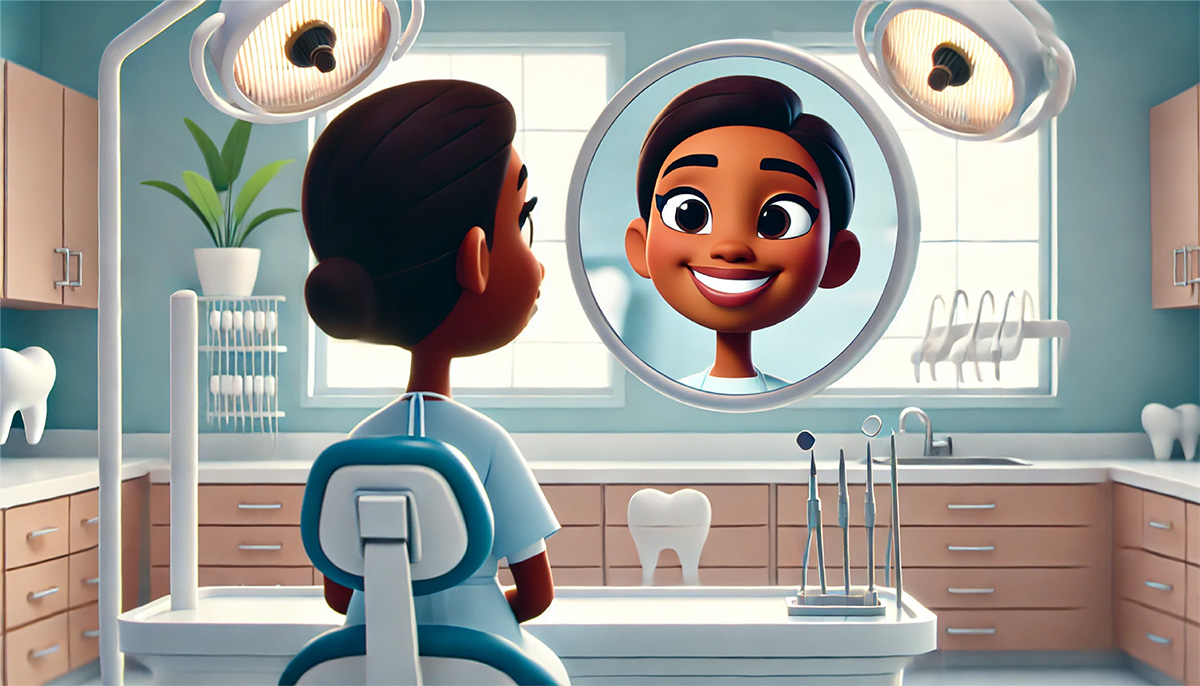
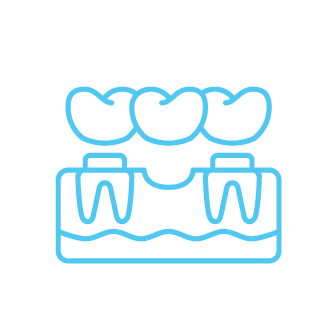
DENTAL BRIDGES
A dental bridge fills the space left by a missing tooth or teeth, helping to prevent teeth from shifting and causing potential bite issues. Anchored by the surrounding teeth, the bridge holds a false tooth, called a pontic, to close the gap. Typically, porcelain crowns are placed over the neighboring teeth to secure the bridge in place.
Types of Dental Bridges
- Traditional Fixed Bridge – The most common type, with porcelain crowns on the surrounding teeth as anchors to hold the false tooth, usually made of porcelain-fused metal or ceramics.
- Cantilever Bridge – Used when teeth are only on one side of the gap, suitable for areas with minimal chewing pressure, like the front teeth.
- Resin-Bonded Bridge – Metal bands with resin attach a plastic tooth, ideal for front teeth that undergo less stress.
Procedure
Placement generally requires two visits. During the first visit to Conklin Family Dental, the surrounding teeth are prepared, an impression is taken for lab creation of the bridge, and a temporary bridge is fitted. At the second visit, the temporary bridge is replaced with the final bridge, ensuring a comfortable fit.
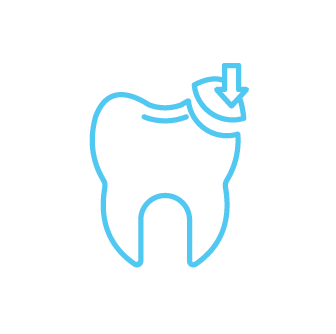
DENTAL BONDING
Dental bonding involves bonding a tooth-colored resin to the tooth, cured with UV light. Ideal for small cosmetic fixes, bonding can often be completed in a single visit and requires minimal enamel removal. However, it may not be as long-lasting or stain resistant as crowns or veneers.
Procedure
The dentist selects a resin shade to match your teeth, roughens the tooth surface, applies a liquid conditioner, and then bonds the resin. Once set with UV light, the resin is shaped and polished for a natural look.

DENTAL VENEERS
Dental veneers are thin, custom-made shells that cover the front of your teeth, enhancing appearance. They are used to improve the color, shape, or size of teeth, especially for teeth that are worn or discolored.
Types of Veneers
- Porcelain Veneers – Durable and stain-resistant, providing a natural look.
- Composite Resin Veneers – Directly applied, less expensive, and with a shorter lifespan.
When to Consider Veneers
Consider veneers for stained, misshaped, spaced, or chipped teeth.
Procedure
Porcelain veneers generally require two visits. First, teeth are prepared, an impression is taken, and a temporary veneer may be placed. In the second visit, the final veneer is fitted and bonded.
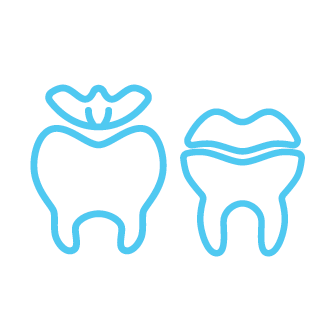
INLAYS & ONLAYS
Inlays and onlays offer a conservative approach to tooth restoration for mild to moderate decay or cracks. Made from porcelain, composite resin, or gold, they can restore molars and premolars without needing a full crown.
Benefits
- Natural Look – Tooth-colored, blending in seamlessly.
- Excellent Fit – Unlike metal fillings, they don’t expand or contract.
- Durability – Can last up to 30 years.
- Minimal Tooth Removal – Helps preserve healthy tooth structure.
Procedure
Typically completed in two visits: the first for impressions and a temporary inlay or onlay, and the second for fitting the permanent piece.

PORCELAIN CROWNS
A crown, or cap, encases a tooth fully, offering a durable solution when fillings aren’t sufficient. Often made with porcelain, crowns provide protection, improve appearance, and restore a tooth’s shape, especially for broken or severely decayed teeth.
Procedure
The tooth is reshaped, an impression is taken, and a temporary crown is placed. In the next visit, the permanent crown is fitted and cemented in place.
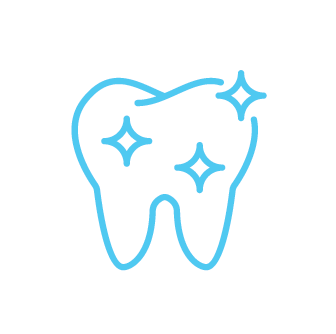
TEETH WHITENING
Teeth whitening restores a bright appearance by using bleaching agents to remove discoloration. Over time, enamel wear reveals the yellowish dentin beneath, causing teeth to look dull.
Whitening Methods
Our recommended method is a professional at-home whitening kit, allowing for selective and gradual whitening. With custom trays, you can whiten specific teeth and reuse trays as needed. This method is less costly and results in less sensitivity compared to in-office whitening.
